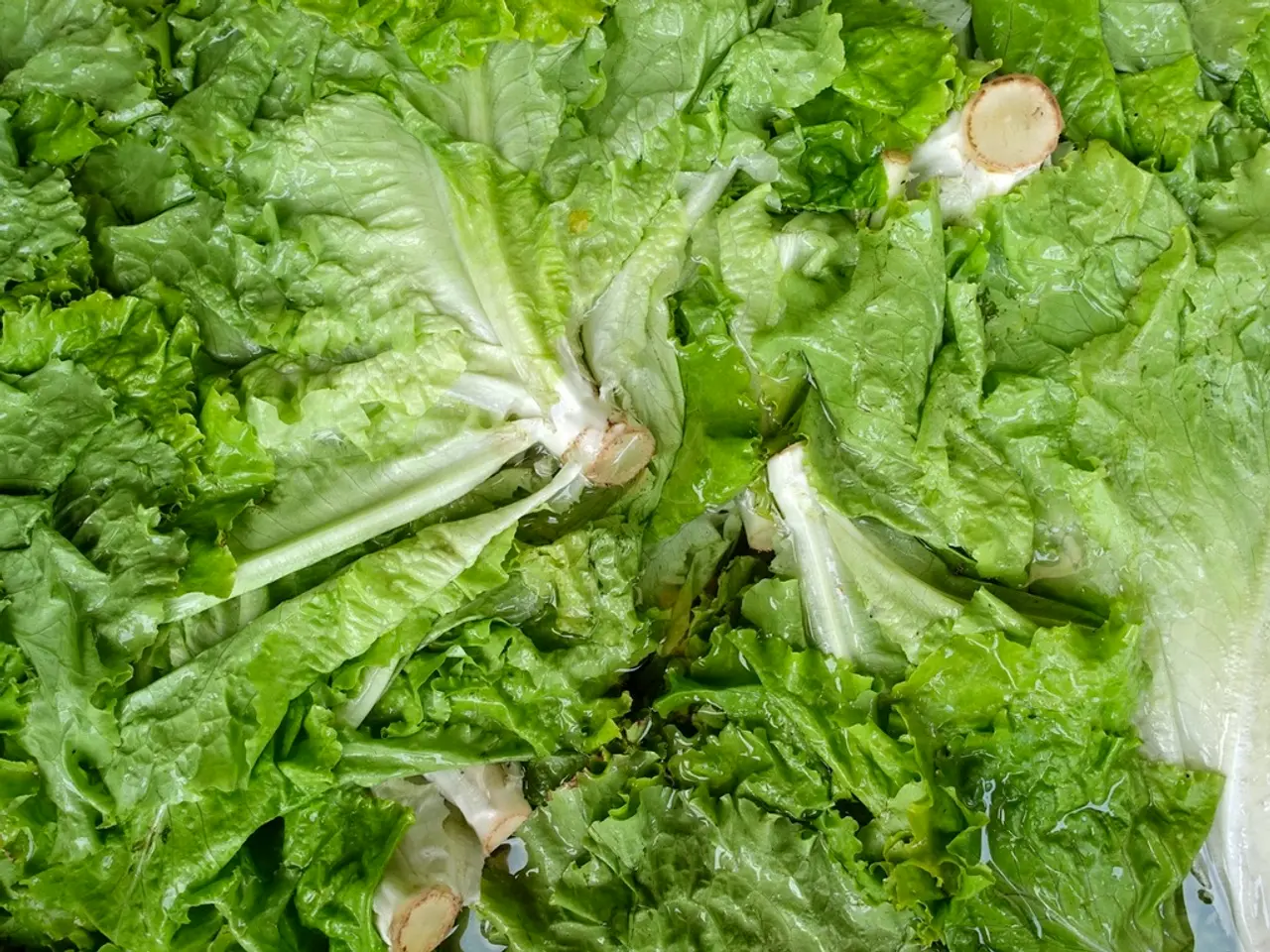Bountiful Yielding Nilgiri Khapli (HW 1098): Resistant to Diseases, this Dicoccum Wheat Boasts a Strong Market Appeal
In 2013, a new wheat variety named HW 1098 was officially introduced for cultivation in four Indian states: Gujarat, Maharashtra, Karnataka, and Tamil Nadu. This semi-dwarf dicoccum wheat variety, developed by the Indian Agricultural Research Institute (IARI) through gamma-irradiation, has since made a significant impact in the agricultural sector.
The Appeal of HW 1098
Farmers who cultivate HW 1098 can look forward to higher market prices due to its strong milling demand and nutritional appeal. The grain is preferred for specialized milling requirements, particularly in premium health-focused markets. HW 1098 is also in high demand from the flour industry, making it a valuable crop for farmers.
Performance Under Different Conditions
HW 1098 is best suited for timely sown irrigated conditions. In late-sown conditions, it yields an impressive 32.73 q/ha, and under normal conditions, it produces a yield of 40.47 q/ha. The variety performs well in sandy loam to medium black soils with good drainage.
Nutritional and Functional Benefits
HW 1098 contains 16.8% protein, similar to the traditional NP 200 variety. Its grain produces bold, lustrous kernels with an average weight of 46.5g. A notable feature of HW 1098 is its sedimentation value of 29.0ml, which enhances its suitability for baking and processing.
Moreover, HW 1098 maintains 3.39ppm of beta-carotene, contributing to its high nutritional value. This makes it a popular choice among health-conscious consumers due to its low glycemic index.
Disease Resistance and Consistent Performance
HW 1098 ensures improved output while resisting major wheat diseases. Its late-sown adaptability and consistent productivity make it a reliable choice for farmers. In multi-year trials, HW 1098 outperforms traditional dicoccum varieties.
Origins and Development
While HW 1098 was developed at the IARI, Wellington, Tamil Nadu, it's interesting to note that a similar semi-short durum wheat variety was also developed through gamma irradiation by the Nuclear Institute for Agriculture and Biology (NIAB) in Pakistan.
In conclusion, HW 1098 is a game-changer in the wheat farming industry. Its high yield, nutritional value, and suitability for specialized milling operations make it a valuable crop for farmers and a preferred choice for consumers. Its resistance to diseases and consistent performance under various conditions further solidify its position as a reliable and profitable crop.
Read also:
- Peptide YY (PYY): Exploring its Role in Appetite Suppression, Intestinal Health, and Cognitive Links
- Toddler Health: Rotavirus Signs, Origins, and Potential Complications
- Digestive issues and heart discomfort: Root causes and associated health conditions
- House Infernos: Deadly Hazards Surpassing the Flames








